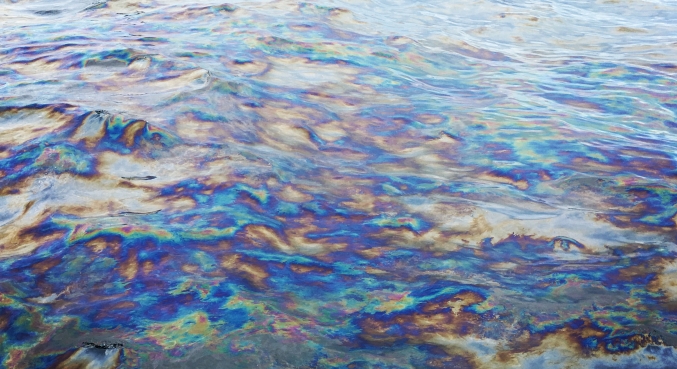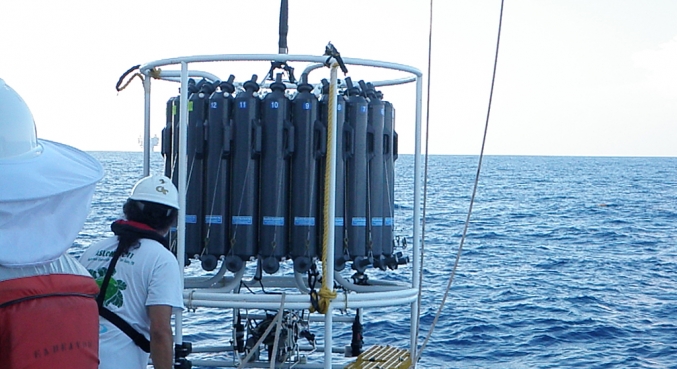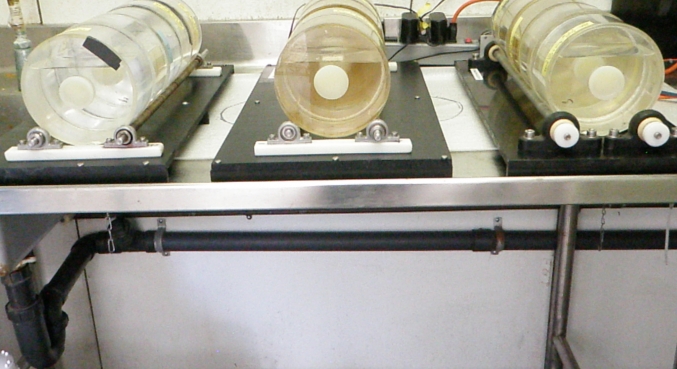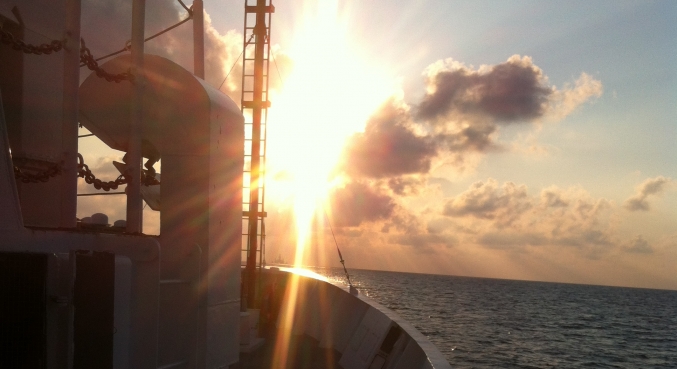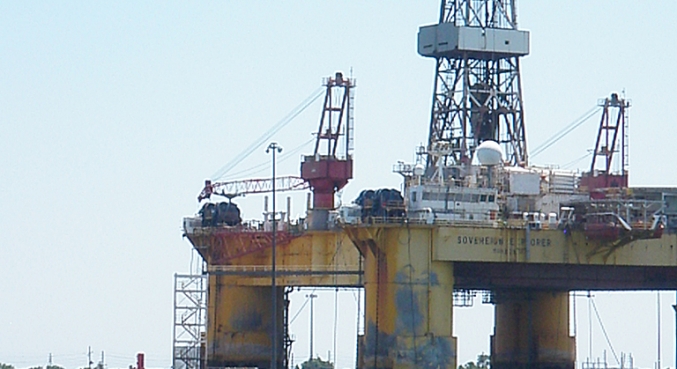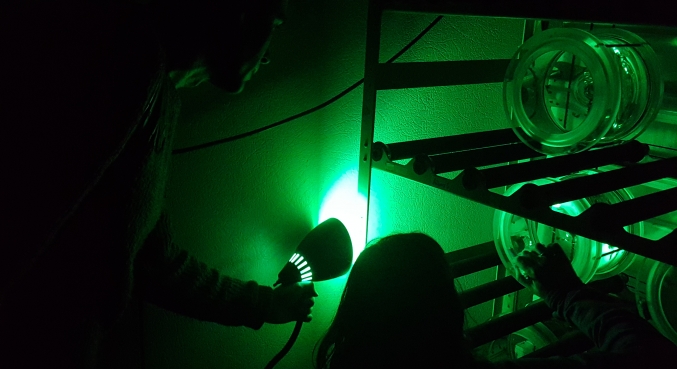We are examining the effects of the Deepwater Horizon (DwH) oil spill in the GoM that began April 20th 2010. In the fall of 2010 we began investigating how the release of oil and dispersants impact the carbon cycle and, specifically, the aggregation and sedimentation of organic matter, including oil. About three weeks after the spill began mucus-rich marine snow was observed at high concentrations near the surface; in the vicinity of the oil. We have since learned, that marine snow carried this oil to the seafloor at depths > 1400 m. Within the consortia ECOGIG we deployed time series sediment traps and underwater cameras to collect and investigate sinking marine snow. Our sediment traps are located at three sites, the DwH spill site, where we were monitoring a slow recovery of sinking material over the last 7 years. Traps are also located at a reference site, meant to give us a base line for sedimentation in the Northern Gulf of Mexico and at a seep site, educating us on the impact of oil from natural seeps on the sinking of material. We now have time series data on flux from the DwH site since 2010 and from the other two sites since 2012. Our team also supports other ECOGIG members in experiments with marine snow, to test for example the response of microbes or deepsea corals to sinking marine oil snow. Within ADDOMEx, another consortia we focus on experimental work to investigate the formation conditions and mechanisms of marine oil snow and the impact of the dispersant Corexit on these processes. We are conducting rolling table experiments, that simulate the formation and sinking of marine snow, as well as participate in the mesocosm experiments the whole ADDOMEx team is conducting. With our international collaborators at the IOW (Institute for Baltic Sea Research), Germany, we have conduced some experiments looking at the partitioning of different oil compounds between marine snow and the dissolved or the unaggregated phases. A third, smaller project, also funded by the Gulf of Mexico Research Initiative (GoMRI), uses field and experimental data to model the processes of marine oil snow formation and sinking. Because the oil spill was unexpected, no scientific work was planned to investigate the fate of the spilled oil. Once we understand individual processes of importance, we can try to develop models that simulate the event and can compare model out-put with measurements that we were able to make. For example, out trap data gives us an indication of sedimentation of oil within a specific time period at one place. If we can develop a predictive model based on our experimental work, it can extrapolate such field data in time and space.
Oil Spill Science Outreach Team New Publication: Where did the oil go?
see u-tube vidio on our research

